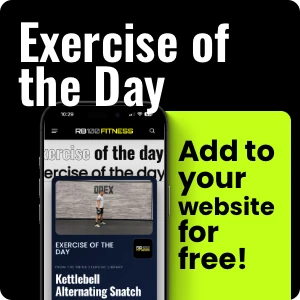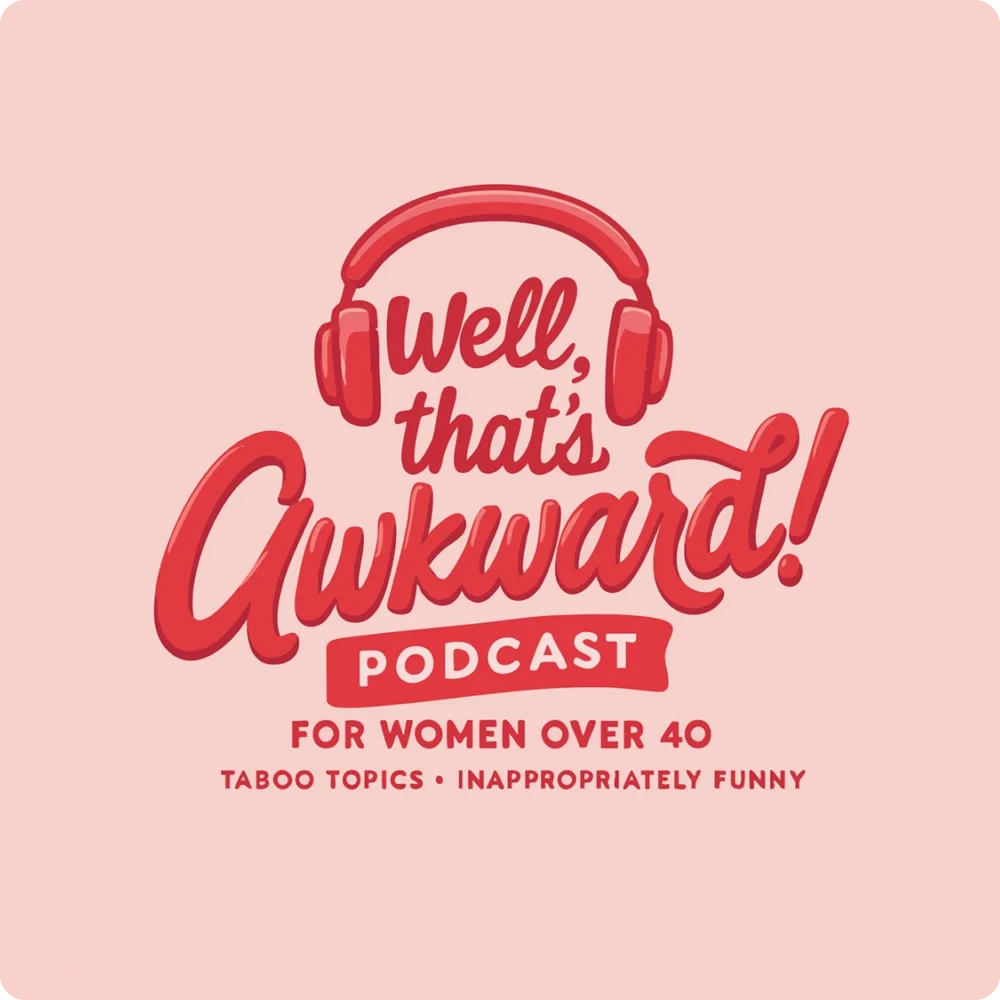From Corporate Burnout to Pilates Passion: My Chat with Amanda Erlank from Kinected Pilates
So, here’s the thing: I’ve always been fascinated by people who leave the corporate world to do something completely different. You know, the ones who trade in their suits for something more, well, soulful. That’s exactly what Amanda from Kinected Pilates in Australia did. And let me tell you, her story is as inspiring as it is relatable.
I sat down with Amanda (virtually, of course—thanks, Zoom) to chat about her journey from corporate burnout to becoming a movement educator. Spoiler alert: it involves ditching high heels, dissecting human bodies (yes, really), and a whole lot of sitting on the floor. Buckle up, because this conversation might make you rethink your relationship with your couch.
The Corporate Escape: Trading Heels for Healing
Amanda’s story starts in a place many of us know all too well: the corporate grind. She was making good money, but something was missing. “I was happy because, you know, making lots of money feels good,” she says with a laugh. “But it was never really fulfilling.”
Then came the lightbulb moment. Amanda discovered movement as a career, and everything clicked. “I really found my fulfillment in life,” she says. “My passion is to educate people on how we’re designed and the simple efficiency of our body. That’s what keeps us in longevity.”
Her philosophy is refreshingly straightforward: “There’s nothing wrong with the system. It’s how we use the system.” Whether it’s pain, injury, or just the wear and tear of daily life, Amanda believes in teaching people how to move properly. “Even in the healing journey, how do we teach somebody the proper function of how they’re meant to be moving? So that healing journey goes into something that’s going to be better for them at the end of the day.”
A Lifelong Fascination with the Human Body
Amanda’s fascination with the human body began early—like, really early. At just 15 years old, she took her first massage course. “I just knew then that there was something about bodies that was intriguing to me,” she recalls. That curiosity led her to Pilates, but even that wasn’t enough. “I just wanted to explore the body more and more and more.”
And explore she did. Amanda has taken countless courses, including one that involved dissecting a human body. (Cue the collective ewww.) “You get to see from the skin all the way down to the deepest, deepest parts of us,” she says. “It’s very inspiring. It’s very humbling.”
While most of us might squirm at the thought of dissecting a human body, Amanda sees it as a window into our design. “People are fine with skin,” she jokes. “But as soon as you open the skin, no one wants to know. That’s really what we’re made up of.”
Teaching the Body, One Bite at a Time
Amanda’s teaching philosophy is all about simplicity. “I like to do things in bite-sized pieces,” she says. “I think that’s happened to me plenty of times in my life—you’re given information, and you’re like, ‘I can’t even process that.’”
Her approach is hands-on, often using models of skeletons and bones to show people how their joints move. “Here’s your hip joint, here’s your femur head. This is how they connect together. This is how they’re moving,” she explains. “Suddenly, their movement changes.”
But here’s the kicker: most people don’t come to her to learn about their bodies. “They’re coming for rehabilitation of an injury, to move better, or to lose weight,” she says. “But that’s not what’s happening. There are too many factors when it comes to weight. I’m not promising anyone they’re going to lose weight, but I do promise they’ll feel better, move better, and live better.”
The Emotional Connection: It’s Not Just Physical
Amanda’s work goes beyond the physical. She’s a firm believer in the emotional connection to our bodies. “We can think things are physical,” she says. “Yes, you may have had a trauma or an accident. But what I see the most, especially when I rehab people, is the emotional content.”
She shares a personal story about a knee injury that took months to heal. “It took me four months to figure out that one, it was an emotional connection to something, and two, I had done a prolonged kneel on a stand-up paddleboard,” she explains. “But it was the emotional connection that I had to eventually resolve for it to go.”
Amanda’s holistic approach to healing includes everything from essential oils to massage therapy to stretch techniques. “I knew exactly what I had done,” she says of her injury. “I went through my phone and was like, ‘Oh yeah, that’s the muscle that’s going.’ It makes total sense.”
Floor-Based Living: Ditch the Couch, Sit on the Floor
One of Amanda’s favourite topics is floor-based living. “We’ve created a world of comfort and ease,” she says. “And we’re our own worst enemy.”
She points to Eastern cultures, where people sit on the floor or hard surfaces. “Try to sit on the floor in the same position for four hours to watch a Netflix run-through,” she challenges. “You’re not going to be in the same position for even three minutes because your body will get the message: ‘Oh, that’s a bit uncomfortable. I need to shift and change.’”
Floor-based living, she argues, is better for our joints and overall health. “We get to use our joints correctly. We get the deepness of them,” she says. But she also acknowledges that transitioning from a life of comfort to floor-based living takes time. “If you’re choosing to get off your sofa and onto the floor, don’t do it all hardcore. Go little bits at a time.”
The Power of Permission: It’s Okay to Be Where You Are
One of the most striking aspects of Amanda’s teaching is her ability to give people permission to be where they are. She shares a story about a client who was struggling with weight gain and alcohol consumption. “I just took her down a journey of like, ‘Well, what would it mean to you to give that up?’” Amanda recalls.
Instead of shaming her client, Amanda offered acceptance. “What if you actually allowed yourself to have your glass of wine every night and instead of fighting it and saying it’s bad for you, what if you just accepted it and said, ‘This is just what I need for now’?”
The client’s relief was palpable. “The energy of the body changed where you provided permission to somebody,” Amanda says. “Even though you’re the one giving the conflict, when you can see someone in conflict and then you go into, ‘Well, you can be in allowance of what you’re choosing,’ it’s powerful.”
Creating Change Through Movement
Amanda’s mission is clear: to create impact in people’s lives through good-quality movement. “If you want change to happen, you have to create change, and you have to be the change,” she says.
Her YouTube channel is a testament to that mission. Every week, she posts free content to help people move better. “I create content every single week for people to be able to move where they can’t use the excuse of Pilates being too expensive,” she says.
Her message is simple: “The information is there. I have poured my life into that. I give you multiple options of being in a good space, in a challenging space. It’s up to you to choose how you want to approach that.”
Final Thoughts
Amanda’s journey from corporate life to movement educator is a reminder that fulfillment often lies outside our comfort zones. Her passion for the human body, combined with her holistic approach to healing, makes her a unique voice in the world of Pilates and movement education.
So, the next time you’re sitting on your couch, binge-watching Netflix, remember Amanda’s words: “Your lifestyle hurt your back, not Pilates.” Maybe it’s time to sit on the floor instead.
And if you’re curious about how to move better, feel better, and live better, Amanda’s YouTube channel is just a click away. As she says, “It’s there. If you want to change, it’s there. It’s up to you to create change and be the change.”
Now, if you’ll excuse me, I’m off to sit on the floor and Google “how to move like a human again.”















